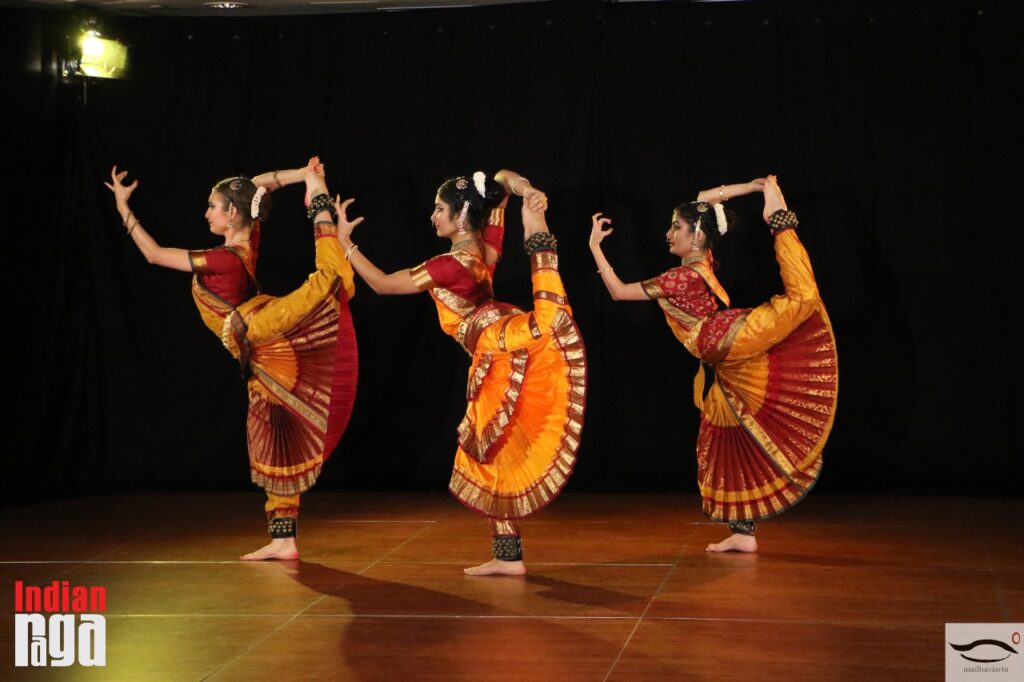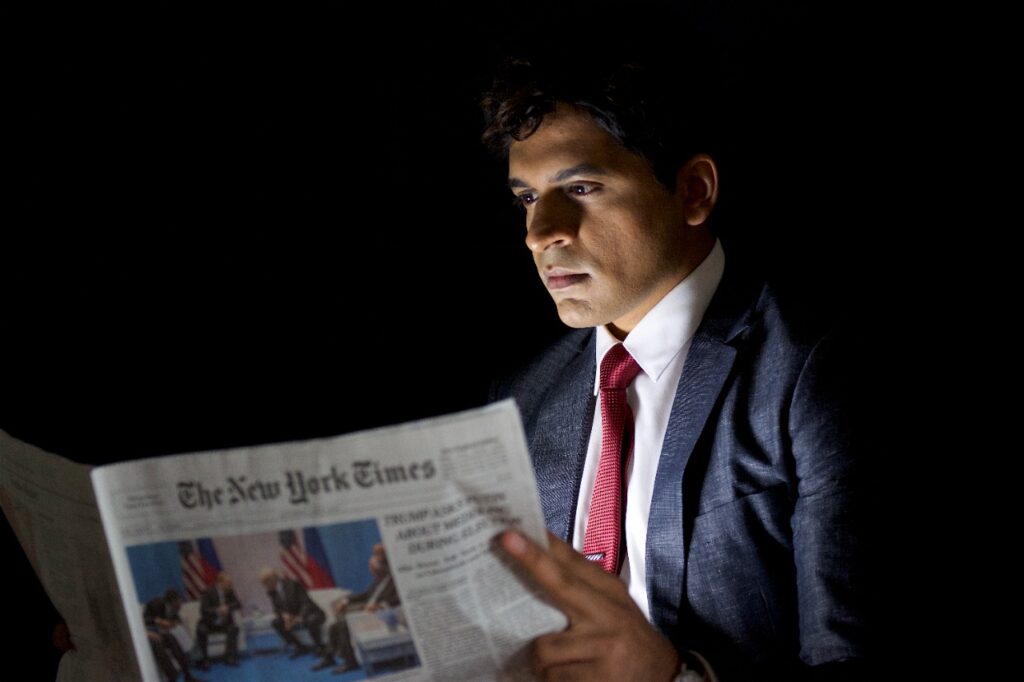Indian Raga Labs
Anyone with even a little interest in Indian Classical Music has probably come across an Indian Raga Labs video or two. Ranging from 2-3 minutes to a maximum of 9-10, these are excellent studio recorded music and dance productions. Indian Raga Labs was the idea Sriram Emani wrote up as a business plan for the capstone project for his MBA at MIT’s Sloan School of Business. When he made it a reality in 2012, this IIT Bombay alumnus was enacting his childhood desire of making large swathes of population enjoy and be aware of Indian Classical Music.

Photo courtesy: Madhavi Reddi via Sriram Emani
Off the Beaten Track – A series for India Art Review. Part 3. World over, classical music is followed only by a few, exactly why such programs are aired mostly on publicly supported or government funded TV and Radio stations. With a specific geographical stamp, Indian Classical Music automatically becomes even more niche. Yet, there are some who practice/follow it who are so passionate and wish for others to experience the joy that they themselves derive from engaging in it. The lay person often construes Indian Classical Music as complex and out of reach, entailing formally dressed performers in staid arenas with strict codes of conduct and behaviour, not to speak of listeners who follow dress codes. This series looks at several entities who are rethinking all aspects of the art and its presentation with a view of expanding its listenership and following. Part 1 of the series was Agam, Part 2 on Brooklyn Raga Massive, Part 4 on Roopa Mahadevan and Aditya Prakash and Part 5 on ZerOclassikal.
In 2013, he did the First Indian Raga Fellowship. “In music competitions in India, I noticed that competitors would perform nervously by themselves but never interact with each other. I wanted to change that.” Getting a Fellowship is a competition, but once selected, Fellows work together to come up with a creative piece to put up on Indian Raga Labs’ YouTube channel and social media handles. In the first three years, Indian Raga Labs sponsored each artiste’s airfare, accommodation, meals and a stipend for three years. Sriram pitched in with significant personal funds too.
This piece appeared in India Art Review on June 27th, 2022 and is part of the Kalpalata Fellowship for Classical Music Writings for 2022.
He quickly found that with no worries about funding, artistes often worked on projects that purely interested them and not on what might ‘take’ with the public. To ensure fellows too owned skin in the game, Sriram came up with a moderate program fee to be paid by the fellows to be part of the program. “Indian Raga Labs is now more like a finishing school for artistes. We take care of the entire production – audio, video, editing, publishing etc.”
The Fellows of Indian Raga are its most skilled musicians and chances are any Indian Raga video you recall features one or more fellows. The beautifully choreographed videos get millions of views, making stars of some of the fellows and inducing leading classical musicians to willingly collaborate too. Now, several fellowship cycles take place each year, across three countries and many cities, with an acceptance rate of ~5%. Fellowship videos are the most expensive to produce but are also Indian Raga Labs’ best marketing avenue. Besides the obvious advertising and ensuring of brand awareness, it brings in new clientele.
Indian Raga Labs now caters to the entire gamut of desire in the classical arts space for already-skilled musicians to total beginners – validation via Certification, opportunities to jam with others via RagaJam, competing via monthly thematic competitions with cumulative points and leaderboards, learning and teaching via Raga Labs Academy. Every one of these opportunities requires the participant to pay fees to Indian Raga Labs. Musicians make money when they get called in for live performances based on their videos.

Photo courtesy: Anasuya Mandal via Sriram Emani
Indian Raga Labs is a for-profit corporation incorporated in the USA. They remain bootstrapped, with just 5 full time employees and others on contract. Acquiring of new customers is always the hardest part for any company. Raga Labs Academy, their teaching arm, alleviates this issue with a subscription model, and is now the biggest revenue earner for the company. The curriculum includes the connecting of standard lessons to popular music numbers right from the beginning, helping students sustain interest. A syllabus and curriculum have been set up but besides that, Sriram’s simple credo to the teachers is just to make the student want to come back for the next class. “In the teachers’ goal to make the student perfect or in their inability to do so, they should not make it a hard experience for the students.” There is a stringent selection process that aspiring teachers have to go through too.
Sriram’s burning desire for the future is for participants to start composing and writing their own lyrics and some original dance choreography on actual modern-day problems. “This generation does not relate to traditional bhakti era compositions which also tend to be very patriarchal.” He refers to some dance productions they did – the story of a transgender person conveyed through Bharatanatyam, one on mental health and another on the reception of a cancer diagnosis by the patient, the spouse and the doctor. He is also looking at pitch detection algorithms to facilitate understand the concept of sruti by tone-deaf individuals.
Related Links:
Agam – Off the Beaten Track – Part 1 – A Series for India Art Review
Brooklyn Raga Massive – Off the Beaten Track – Part 2 – A Series for India Art Review
Roopa Mahadevan and Aditya Prakash – Off the Beaten Track – Part 4 – A Series for India Art Review
ZerOclassikal – Off the Beaten Track – Part 5 – A Series for India Art Review